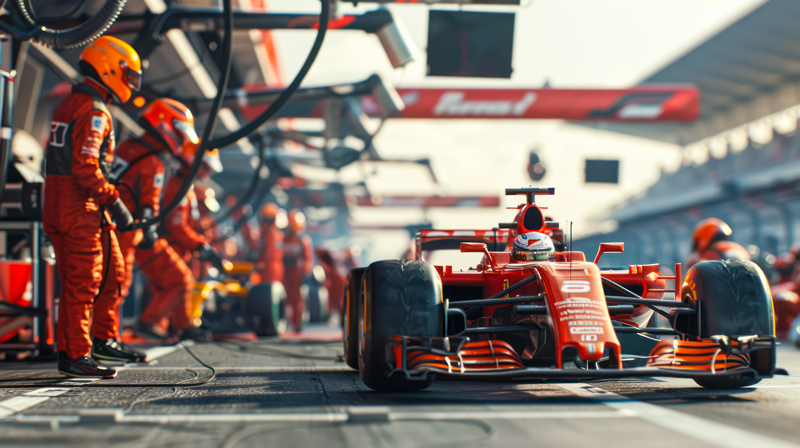Formula 1 racing is renowned for its precision, efficiency, and rapid response under extreme pressure. One of the most notable applications of F1 technology in healthcare has been the adaptation of pit stop techniques to improve surgical handovers in NHS hospitals. The McLaren Formula 1 team collaborated with Great Ormond Street Hospital (GOSH) to refine the transfer of critically ill children from the operating theatre to intensive care units.
A study published in BMJ Quality & Safety found that by incorporating F1 pit stop principles—such as structured communication, clear role allocation, and real-time checklists—handover errors were reduced by 42%. The research highlighted that structured teamwork, inspired by high-performance motorsport crews, minimised delays and improved patient safety. This methodology has since been adopted across several European hospitals, improving outcomes in paediatric and adult surgeries.
The initiative focused on breaking down the handover process into distinct phases, ensuring that critical information was conveyed without omission. The structured approach mimicked the way F1 pit crews operate, where every second counts and errors can be costly. Doctors and nurses underwent simulation-based training with McLaren engineers, developing a more synchronised approach to patient handovers. The success of the programme has led to further exploration of motorsport methodologies in other areas of medicine, including emergency response and trauma care.
Reference: Catchpole, K. R., Giddings, A., Wilkinson, M., Hirst, G., Dale, T., & de Leval, M. R. (2007). Improving patient handover: A Formula 1 pit-stop model. BMJ Quality & Safety, 16(4), 240-246. https://doi.org/10.1136/qshc.2006.019869
